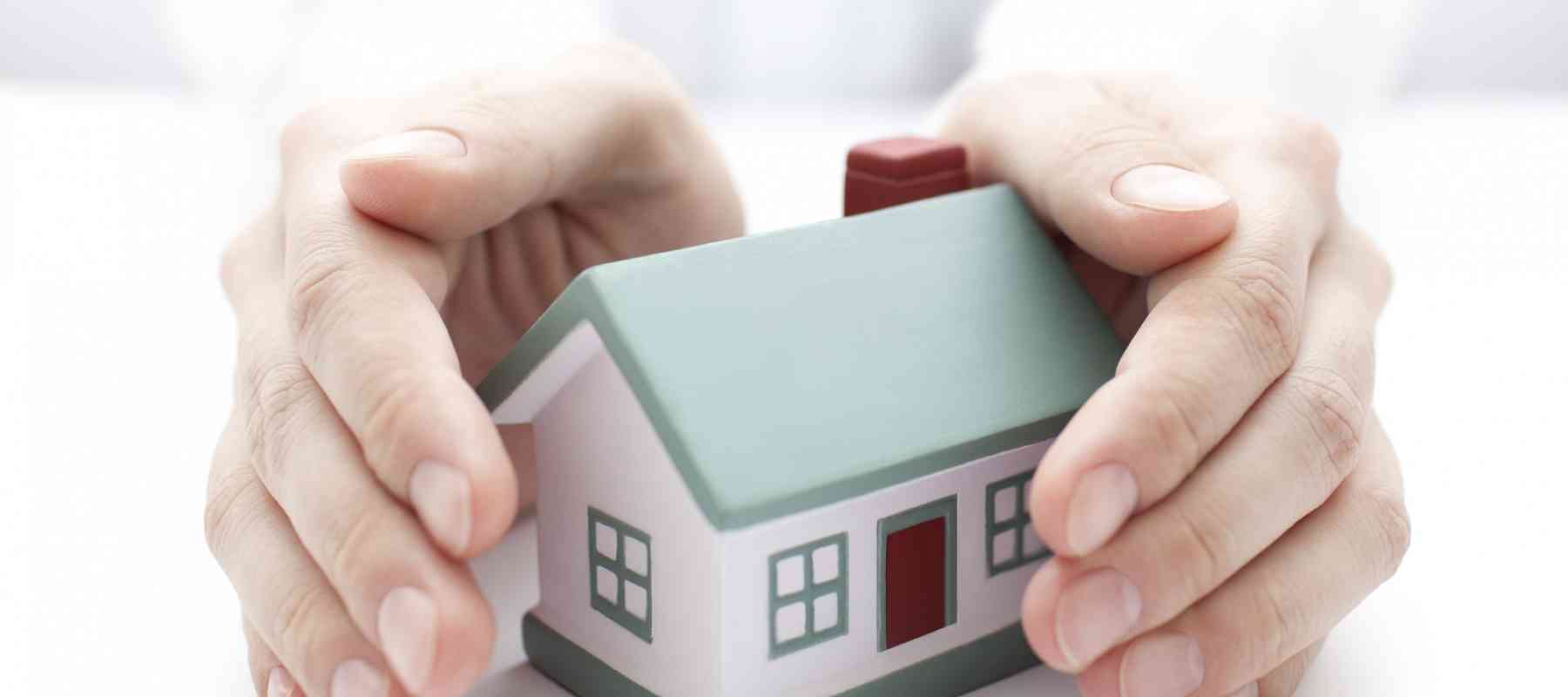With the prevalence of new technology in our world, there have been many positive discoveries that help to improve the quality of life for many people. One of these discoveries is the enhancement of smart home technology and the ways it is being redesigned for the purpose of providing security to families of autistic children.
Currently 1 in every 68 children is affected by autism in the United States. Families with children affected by autism know how challenging it can be to consistently track their whereabouts as they tend to make attempts at wandering away from the home. This can be very scary to experience, and it causes a lot of unnecessary fear and anxiety for everyone involved. This is definitely true if it happens often.
Having a smart home can help to prevent a lot of these problems from happening in the first place. Recently, a few companies have introduced more options that families can use to protect their children from roaming away from the home. Thanks to new, more affordable developments in autism technology, turning your home into a smart home is not as difficult is it may have once been. If you decide that you need a system of this caliber for your children, an effective system might consist of the following components:
1. An indoor camera: Having a smart camera inside of the home allows families to monitor their child's location without having to be right over their shoulder all day. Cameras can be installed strategically in high usage areas or all over the home for added protection. Real-time HD video can be sent directly to a smartphone over Wi-Fi for more convenient access.
2. An outdoor camera: Outdoor cameras can provide families valuable visual information in the event that their child decides to wander away from the home. Having these cameras installed around exit points can help you to determine the direction the child was headed, if they have indeed taken off.
3. A smart doorbell: Many children with autism thrive with having daily routines. Having a smart doorbell installed in the home gives families the ability to communicate with visitors before allowing them inside the home, without unnecessarily interfering with the child.
4. In-Home Sensors: Similar to the sensors used in home security systems to keep burglars out, these sensors can be installed at potential entry and exit points throughout the home to keep children in. The sensors can be an essential component to proactively stopping problems before they arise.
Incorporating these forms of autism technology can help to enhance the quality of life for those struggling to protect the children they love. By developing a smart home, parents of children with autism can learn more about their habits and patterns of behavior. Over time, children who have a history of roaming will also learn to remain inside of the home. This might just be one step forward that you need to consider taking to maintain a safe and loving environment for your family.
4 Awesome Smart Home Safety Solutions For Your Autistic Child
